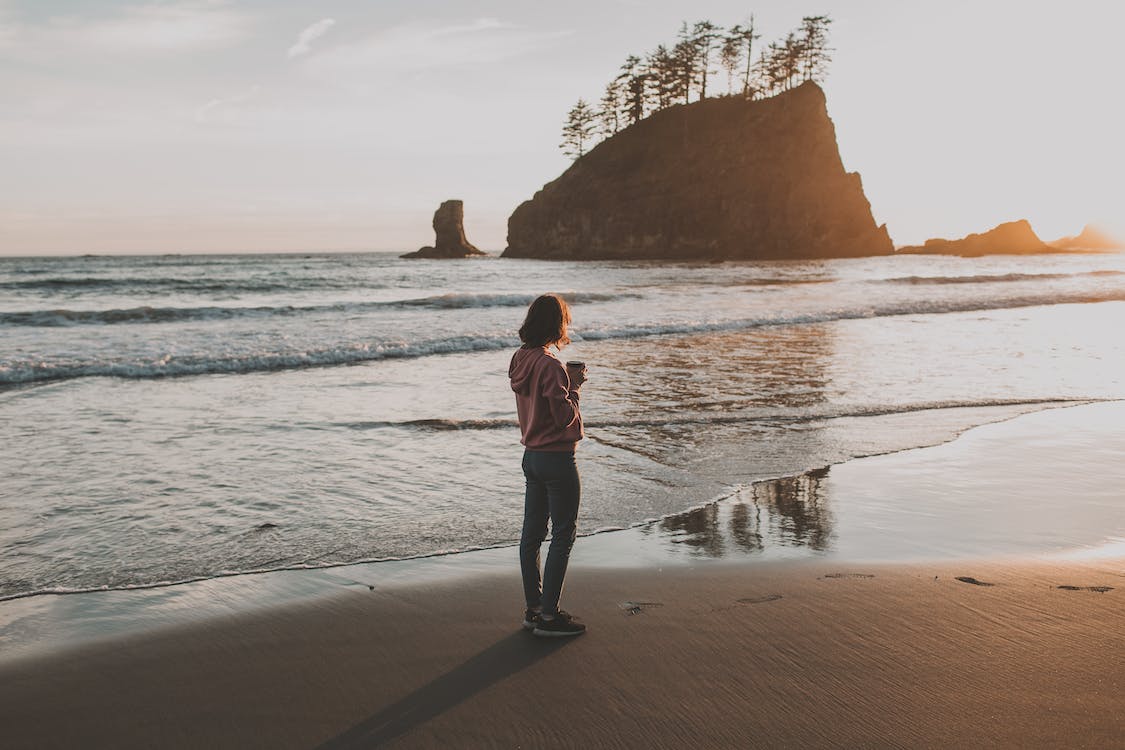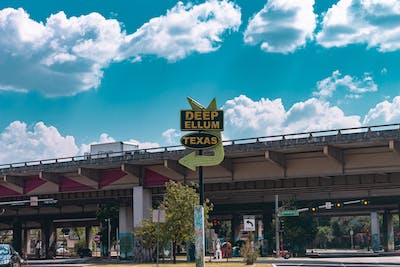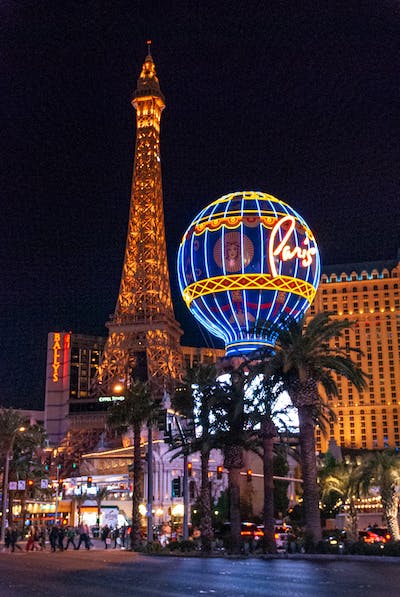Travel to Washington
Exploring the Heart of the United States: A Journey to Washington
Travel has long been considered a transformative experience, offering individuals the opportunity to immerse themselves in new cultures, landscapes, and histories. One destination that encapsulates the essence of the United States is Washington, D.C., the nation’s capital. Steeped in history, brimming with political significance, and boasting a plethora of cultural attractions, a trip to Washington promises an enriching and enlightening adventure. In this essay, we will delve into the myriad facets of this captivating city, from its iconic landmarks to its vibrant neighborhoods, and explore how a journey to Washington can be an unforgettable exploration of American heritage.
Historical Significance
Washington, D.C. stands as a living testament to the rich tapestry of American history. Founded on July 16, 1790, the city was established as the permanent capital of the United States, a strategic decision aimed at avoiding regional favoritism. Its streets and architecture tell the story of the nation’s growth, trials, and triumphs.
The National Mall, a vast expanse of green flanked by iconic monuments and museums, is the epicenter of Washington’s historical narrative. The Washington Monument, a towering obelisk dedicated to the nation’s first president, George Washington, dominates the skyline. Nearby, the Lincoln Memorial pays homage to Abraham Lincoln, a pivotal figure in the abolition of slavery. The Vietnam Veterans Memorial and the Korean War Veterans Memorial offer poignant reflections on the sacrifices made by soldiers in past conflicts.
Moreover, the U.S. Capitol Building stands as a symbol of democracy, where legislative decisions that shape the nation are made. The Capitol’s neoclassical architecture and awe-inspiring dome are not only an embodiment of American values but also a reminder of the Founding Fathers’ vision for a government by the people, for the people.
Beyond its historical significance, Washington, D.C. is a cultural melting pot, with neighborhoods that reflect the diversity of the United States. One such enclave is Dupont Circle, known for its vibrant arts scene, eclectic dining options, and diverse community. The Phillips Collection, America’s first museum of modern art, is a hidden gem within Dupont Circle, housing an impressive collection of works by artists like Renoir, Van Gogh, and O’Keeffe.
For those seeking a taste of global cultures, Adams Morgan is a neighborhood renowned for its international flair. Its streets are lined with an array of international restaurants, reflecting the city’s cosmopolitan nature. The annual Adams Morgan Day Festival celebrates this diversity with music, dance, and food from around the world.
Smithsonian Museums
Washington, D.C. is often dubbed the “museum capital of the world” due to its numerous world-class institutions, many of which are part of the Smithsonian Institution. Comprising 19 museums and galleries, the Smithsonian offers an unparalleled opportunity to explore a wide array of topics, from art and history to science and culture.
The National Air and Space Museum is a favorite among visitors, housing artifacts such as the Wright brothers’ plane and the Apollo 11 command module. The National Museum of American History chronicles the nation’s history through exhibitions on topics ranging from the Revolutionary War to the Civil Rights Movement. Meanwhile, the National Gallery of Art boasts an extensive collection of European and American art, including works by da Vinci, Rembrandt, and Vermeer.
Political Pulse
As the nation’s capital, Washington, D.C. is not only a historical and cultural hub but also the center of American politics. A visit to the Capitol allows tourists to witness the legislative process firsthand, attending sessions of Congress and exploring the Capitol Visitor Center, where exhibitions delve into the history of the building and the democratic process.
The White House, the official residence and workplace of the President of the United States, is another iconic landmark. While public tours of the White House are limited and require advanced booking, viewing its stately exterior and the adjacent Lafayette Square offers a glimpse into the heart of American governance.
Cherry Blossom Season
One of the most enchanting times to visit Washington is during the cherry blossom season, typically occurring in late March to early April. The National Cherry Blossom Festival celebrates the gift of 3,000 cherry trees from Japan to the United States in 1912, fostering friendship between the two nations. The Tidal Basin becomes a sea of delicate pink and white blossoms, creating a breathtaking backdrop for a leisurely stroll or a serene boat ride.
A journey to Washington, D.C. is a multi-faceted exploration of the United States’ history, culture, and politics. Its iconic landmarks, diverse neighborhoods, world-class museums, and political institutions collectively paint a vivid picture of the nation’s past, present, and future. Whether one is drawn to the historical significance of the National Mall, the cultural enclaves that showcase America’s diversity, or the political pulse of the nation, Washington offers a transformative travel experience that lingers in the heart and mind long after the trip concludes.




